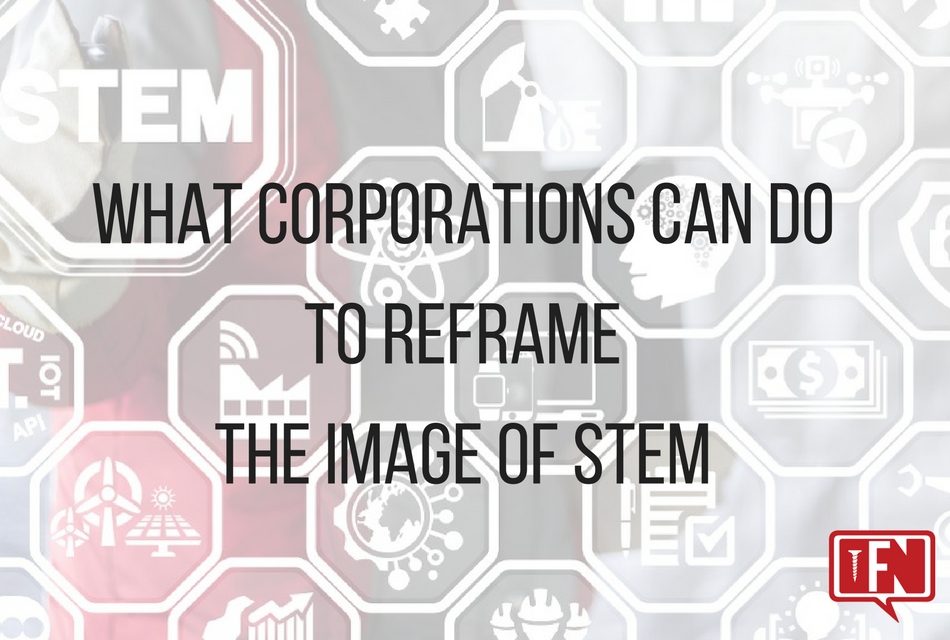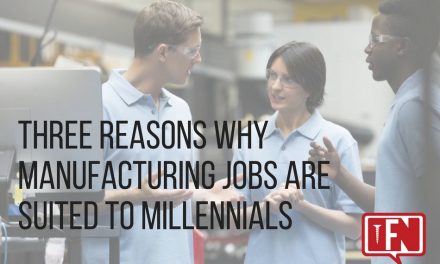If this trend continues, companies that rely on STEM talent will have a lot to lose. So why is it that despite the prospects STEM has failed to attract youth in the same way other areas have?
In my vast experience, both teaching science and interacting with the STEM industry, I have come to understand that issue lies in the perception of STEM. The big question many young people have is: what is STEM? And, what can it do for me? There seems to be a disconnect between what STEM really is and its perception. Many young people who have not been exposed to STEM through their parents, relatives or friends, still may hold on to an outdated idea of what a STEM career holds. In fact, when people think about the word ‘STEM’, they think about a scientist in a white lab coat mixing chemicals. Although this may be true in a purely research setting, STEM is certainly more than that. Thus, I believe that the central issue in attracting STEM talent lies in changing the image of STEM, making it more congruent with what STEM is actually about.
 Shutterstock
ShutterstockInstead of talking about the mundane aspects of the career and using abstract words to describe scientific jargon, make it relatable! Use language that is simple to connect to. Show the the day-to-day of the job and the potential impact it has on the larger scope of things. Speak about what the perspective employee would do on a daily basis and profile someone at the company at the early stage of their career. Show an example of what a day at work would look like, by breaking down one of the exciting days on the job. Then, connect this work to impact – show how this work will leave a lasting impact on a product, industry or brand. In this way, a career STEM becomes much more personal, relatable while peaking curiosity!
 Shutterstock
ShutterstockExplain what STEM is and what STEM isn’t
Just as it is important to describe what STEM is, it is just as important to break stereotypes around what STEM isn’t. Currently, STEM is very interdisciplinary and creative — computer science works in fusion with chemistry, biology and mathematics to create new and innovative products. Principles from mathematics are used in design. Biological science is coupled with nuclear physics to produce advances in medical imaging. If companies present STEM in a way that gives people an understanding of what it means currently, then it will break stereotypes around an outdated image and allow people to naturally gravitate to it.
Dr. Anna Powers is an entrepreneur, advisor and an award winning scientist. Her passion is sharing the beauty of science and encouraging women to enter STEM fields. Follow on Twitter: @PowersEducation
Content Source: https://www.forbes.com/sites/annapowers/2017/11/07/what-corporations-can-do-to-reframe-the-image-of-stem/#295f877629ae

















